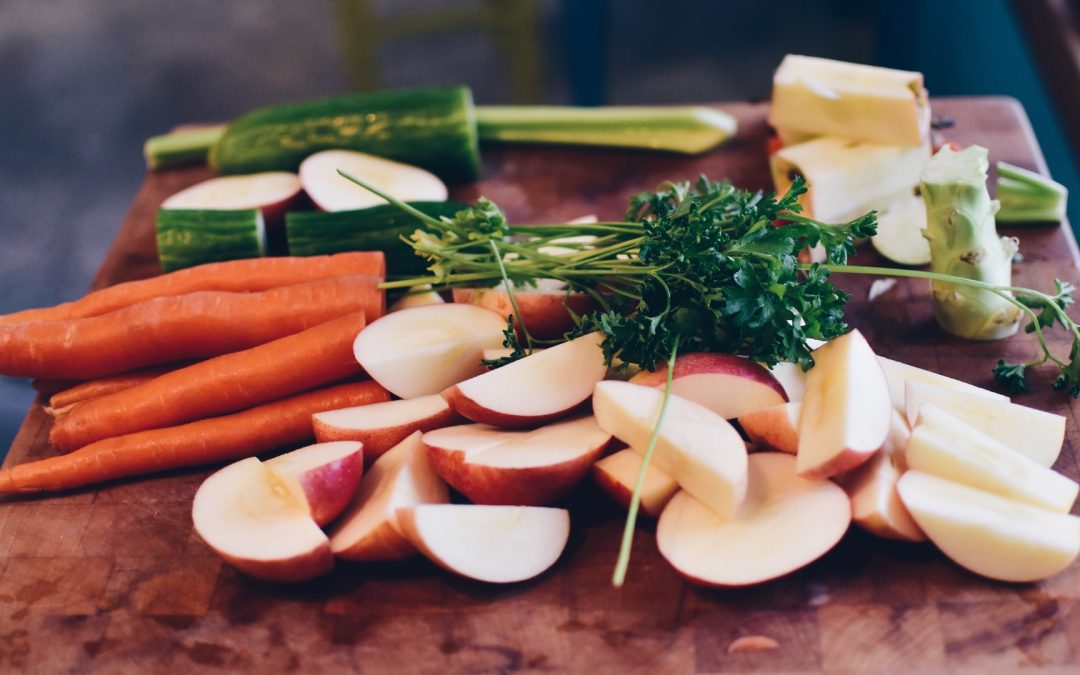When you have gluten intolerance, it helps to have a gluten free grocery list as a reference. The good news is that many foods are naturally gluten free and you probably already eat many of them.
Grains – You’ll want to avoid wheat, barley, and rye. But that leaves many grains that are good including quinoa, gluten-free oats, millet, rice, corn, and buckwheat. You can find many of these at your local supermarket or health food store.
Vegetables – All vegetables are naturally gluten free. You can eat a wide variety to get the vitamins and minerals you need. A few examples are zucchini, green beans, peas, lettuce, carrots, eggplant, peppers, onions, broccoli, cauliflower, and potatoes.
Fruits – All vegetables are also naturally gluten free. There are many different fruits and it’s fun to add new ones to your menu. For example try watermelon, kiwi, clementines, star fruit, mango, pomegranate, and papaya.
Meat – Most meats are going to be gluten free. That includes beef, chicken, pork, and turkey. Where you need to pay attention is when it comes to processed meats. Make sure to carefully look at labels of sausage, hot dogs, lunch meats, and any other packaged meats. These can sometimes have gluten added to them.
Fish – Fish are generally gluten-free. Again, you’ll need to look at processed fish to make sure. For example, breaded fish filets are probably breaded using wheat flour-based breadcrumbs. That means they contain gluten.
Beans – Beans are a great source of carbohydrates and proteins when you’re eliminating gluten from your diet. Black beans, navy beans, black eyed peas, pinto beans, and white beans all are great for your diet. Where you need to pay attention is with soups and other flavored beans that might contain gluten.
Milk – Many milk products are gluten-free. One thing to note, though, is that you’re having a bad reaction to gluten you may also have lactose intolerance. That makes it difficult to drink milk. But when your diet gets under control you may be able to back to it.
Good milk products include plain milk, cheese, yogurt, sour cream, and cottage cheese. Some yogurts contain additives that could contain gluten, so check the labels to be sure. And if you have a lactose problem you may want to try milk products that are made for lactose intolerant people.
Gluten Free Substitutes – Most of your diet should be filled with foods that are naturally gluten free. But for special treats you may want to consider gluten-free bread, cookies, cakes, and other bakery items to add to your gluten free grocery list.






0 Comments